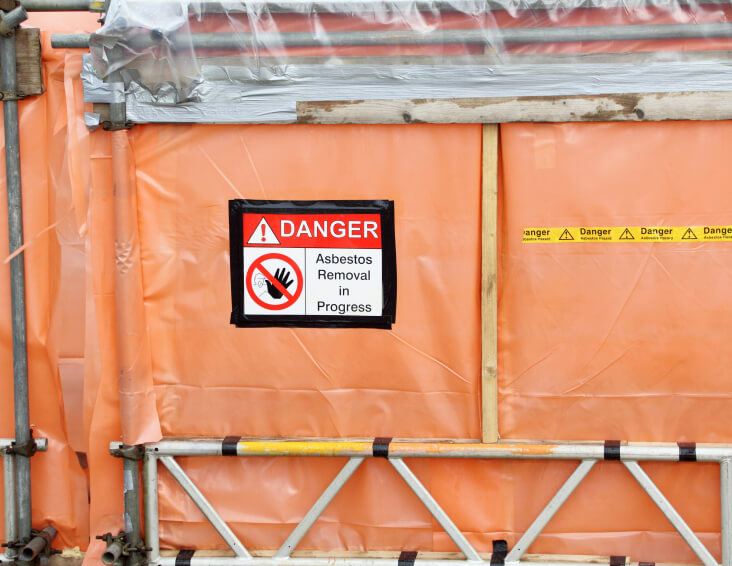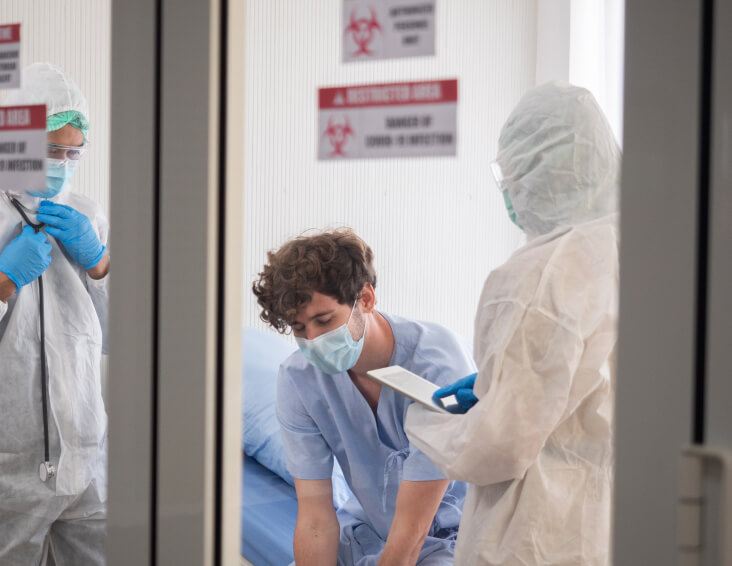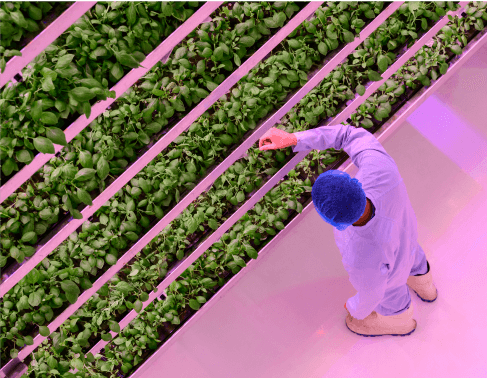Air Purification for Critical Environments
Cleaning the air in high-stakes environments, from Construction, Restoration, and Abatement work sites, to Factories, Commercial Spaces, and Indoor Agriculture.
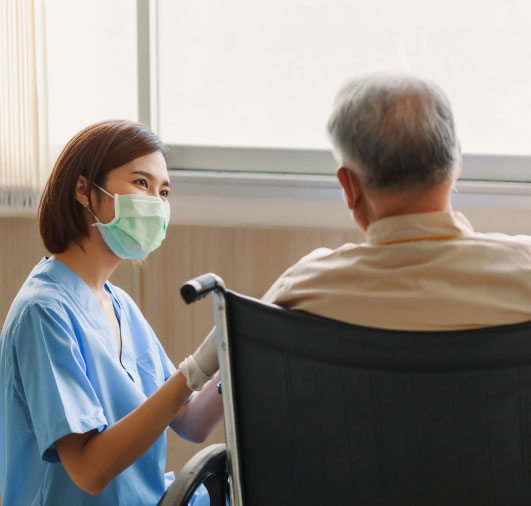
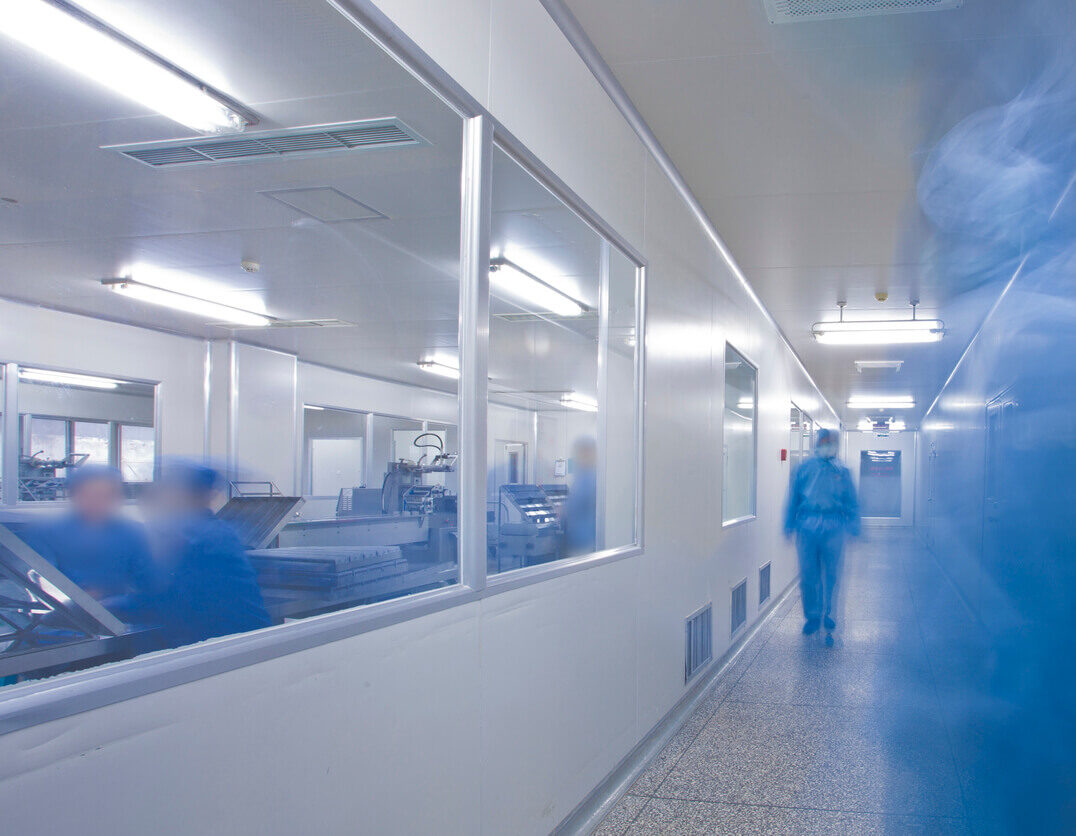

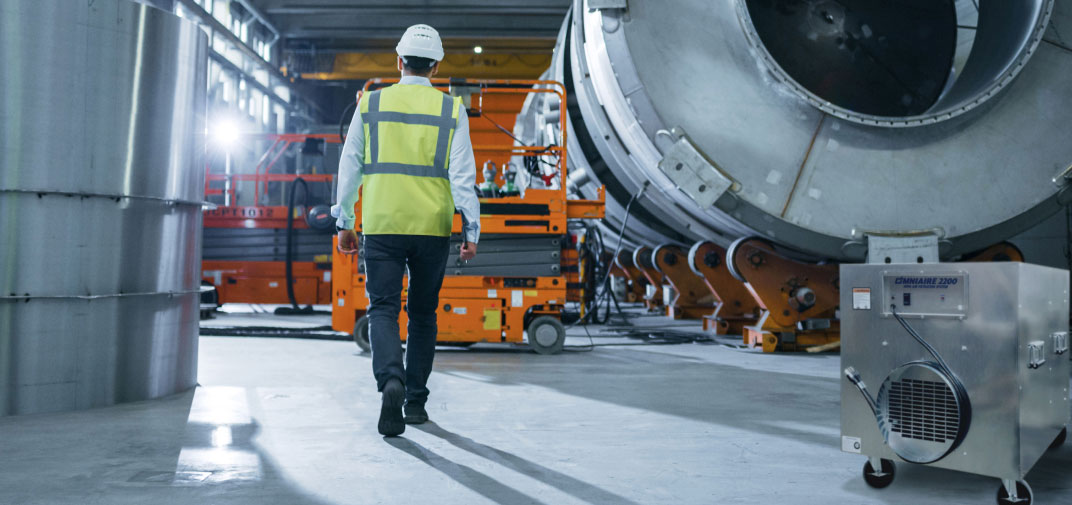
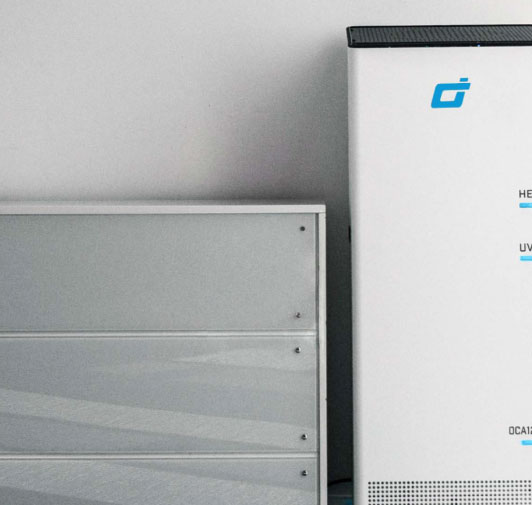
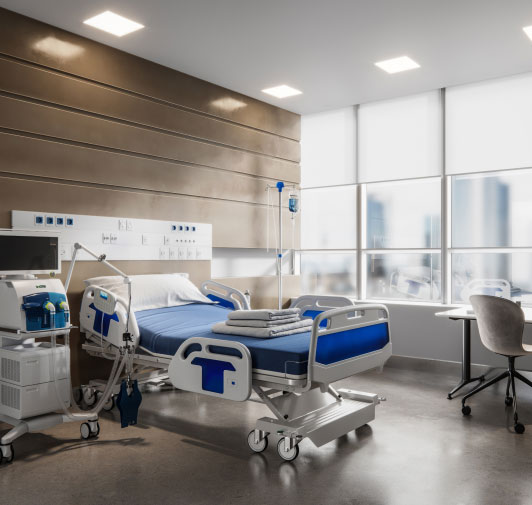

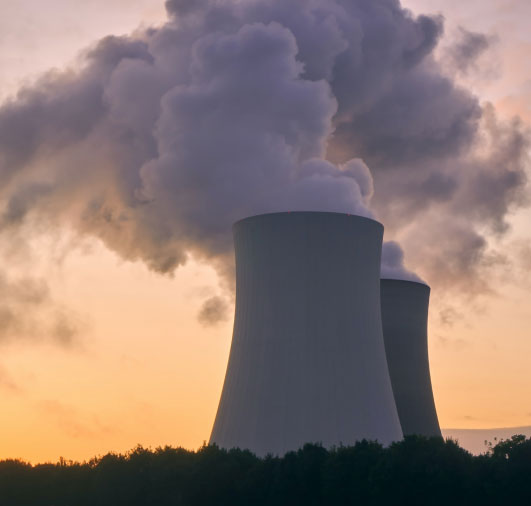

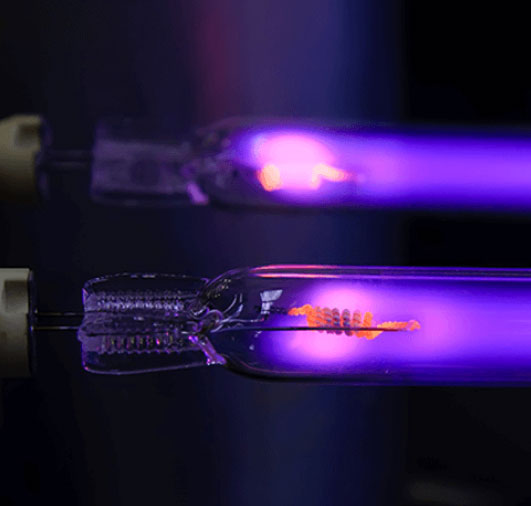
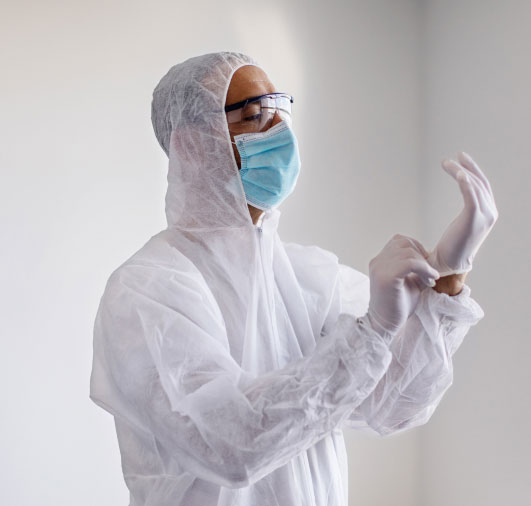


operations
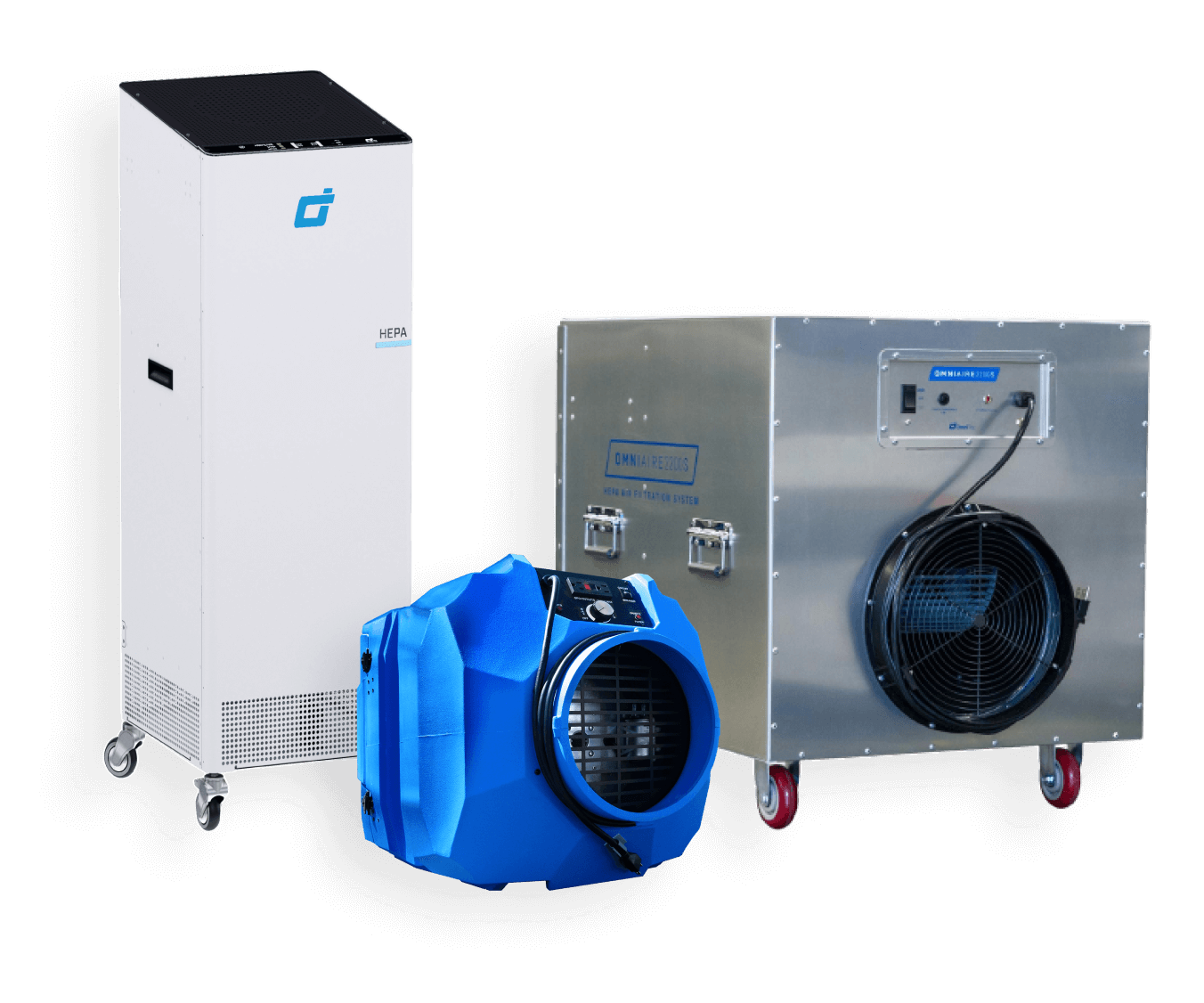
For over 30 years,
our customers have relied on Omni CleanAir to deliver clean air for the safety of professionals working in high-risk environments. Our proven solutions reduce airborne hazards, including asbestos, lead, and mold, viruses and bacteria, and smoke and volatile organic compounds (VOCs).
Omni CleanAir designs, manufactures, and distributes advanced air cleaning solutions that support our mission to eliminate the illnesses caused by unhealthy air.
asbestos
lead
silica dust
mold & mildew
paint particles
Scientifically Proven to Remove Airborne Particles that Cause Harm
Our portable air purification solutions undergo rigorous testing and have been proven effective in the most challenging real-world scenarios. We provide transparent performance and efficacy data to support their capabilities. These solutions are designed to operate 24 hours a day, 7 days a week, 365 days a year, ensuring years of hassle-free performance.
Bacteria
viruses
smoke
Vocs
pollen
Our Technologies
HEPA Filtration
Activated Charcoal Filtration
High-Capacity Air Flow
Ultraviolet Germicidal Irradiation (UVGI)
Active Air Purification
Omni CleanAir Product Lines
Introducing our portfolio of portable air quality solutions.
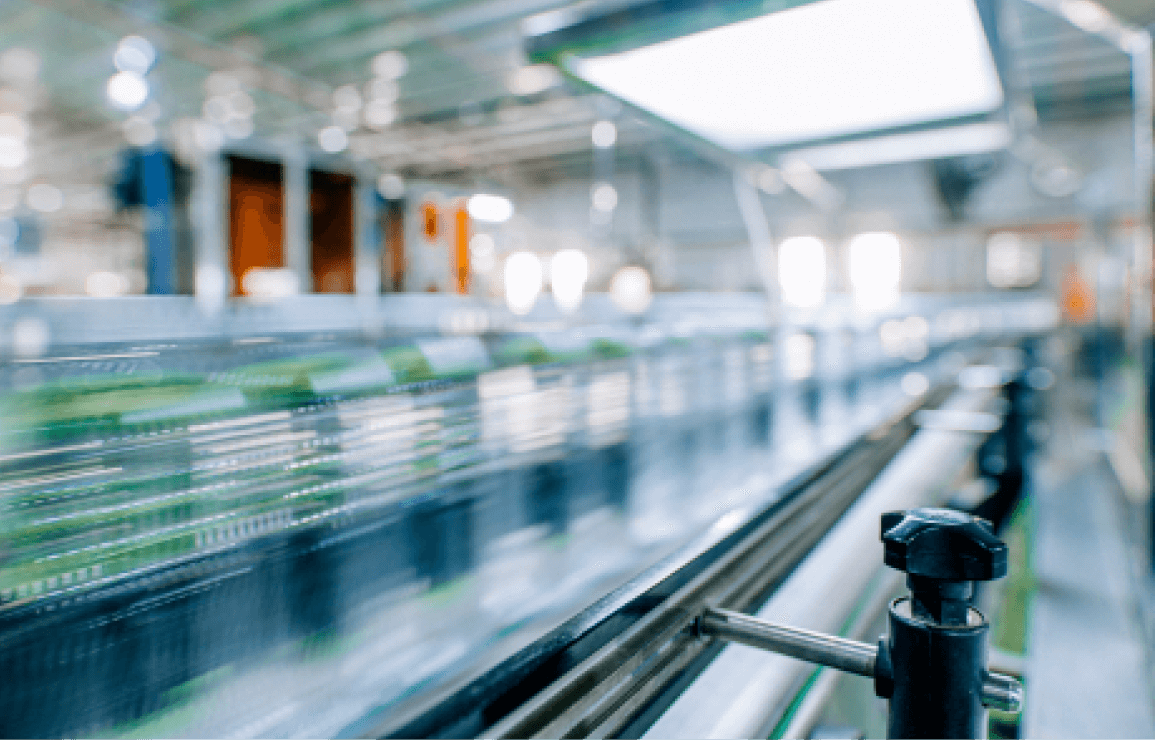
Medical grade air purification for demanding applications including hospital patient isolation and infectious disease control, nuclear facility remediation, hazardous abatement and restoration, and industrial by-product containment.
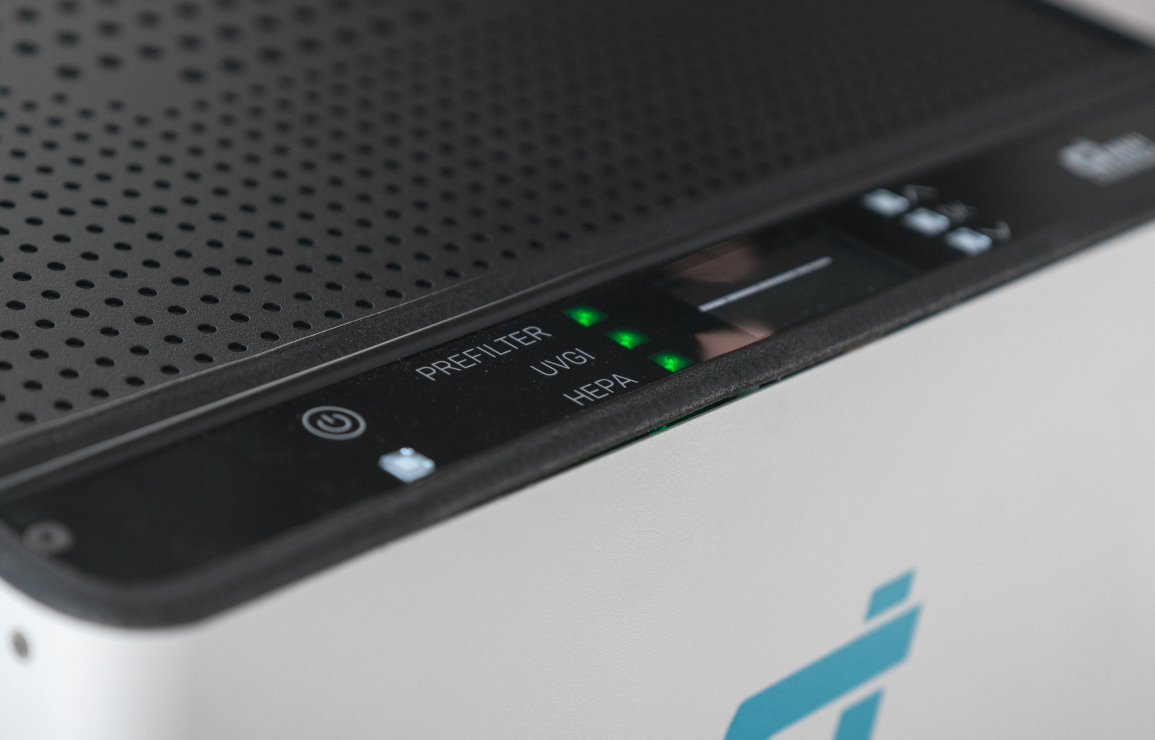
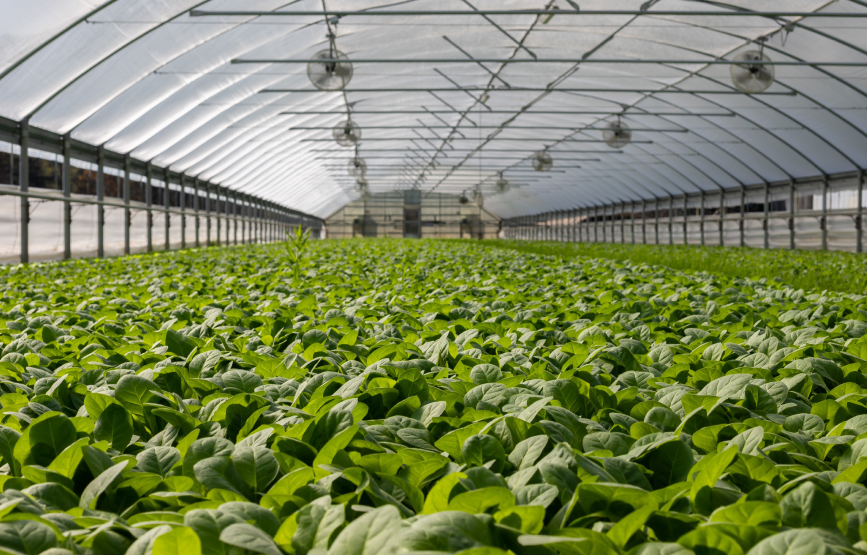
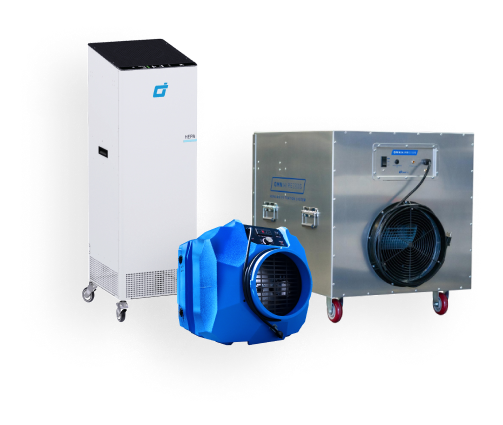
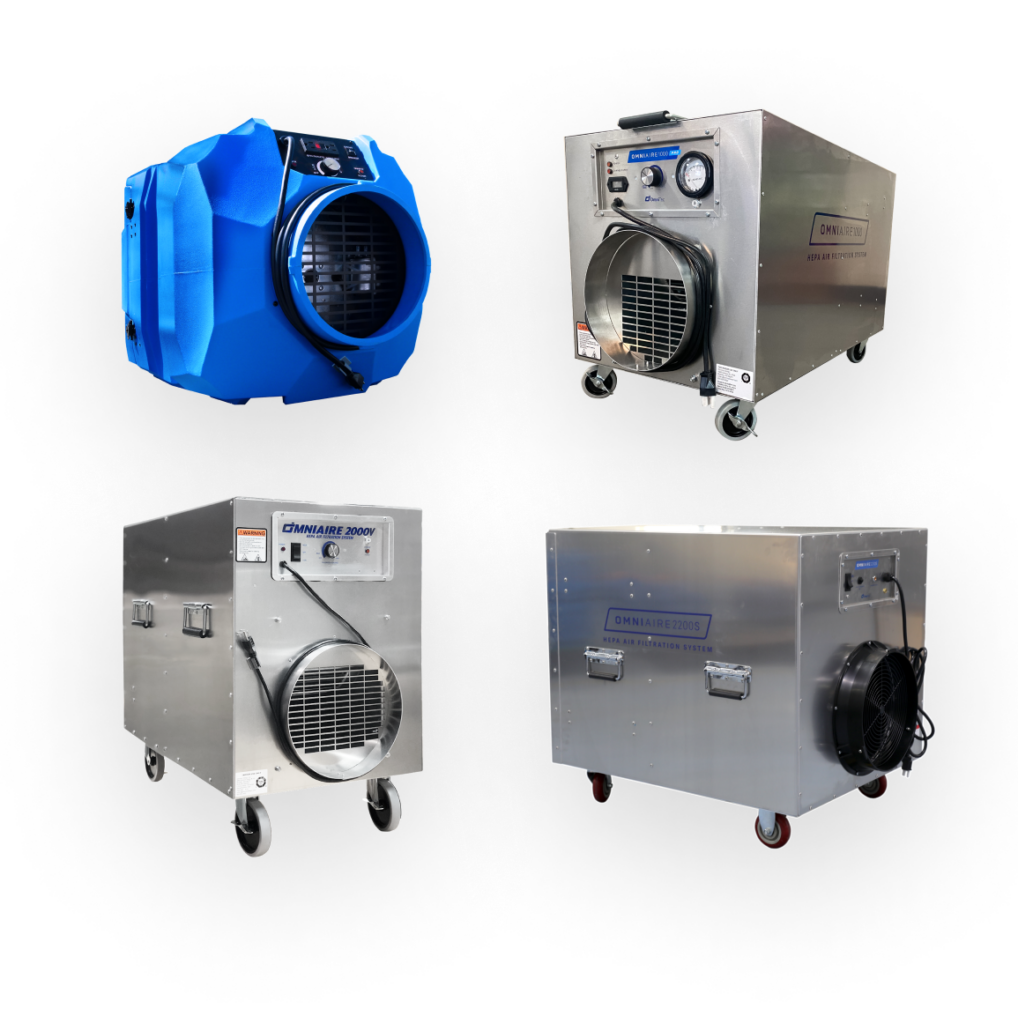

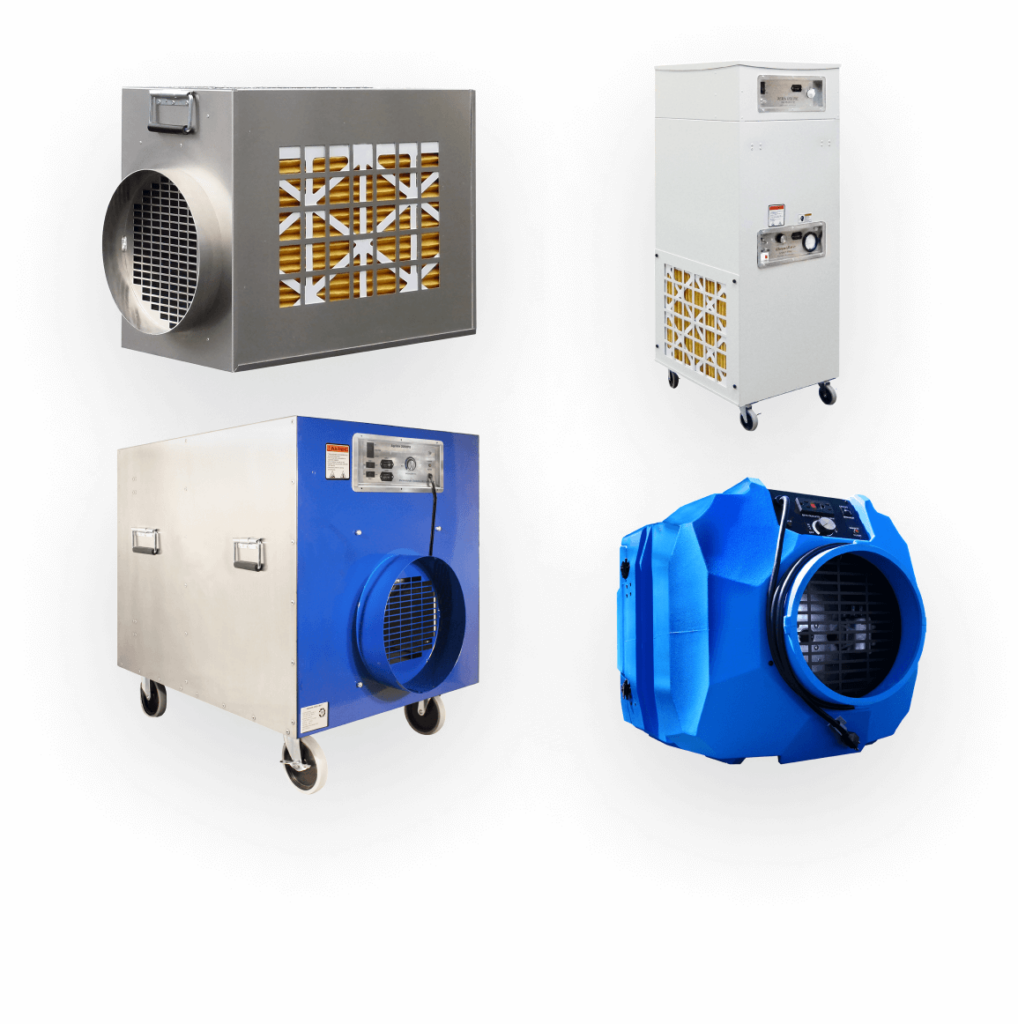
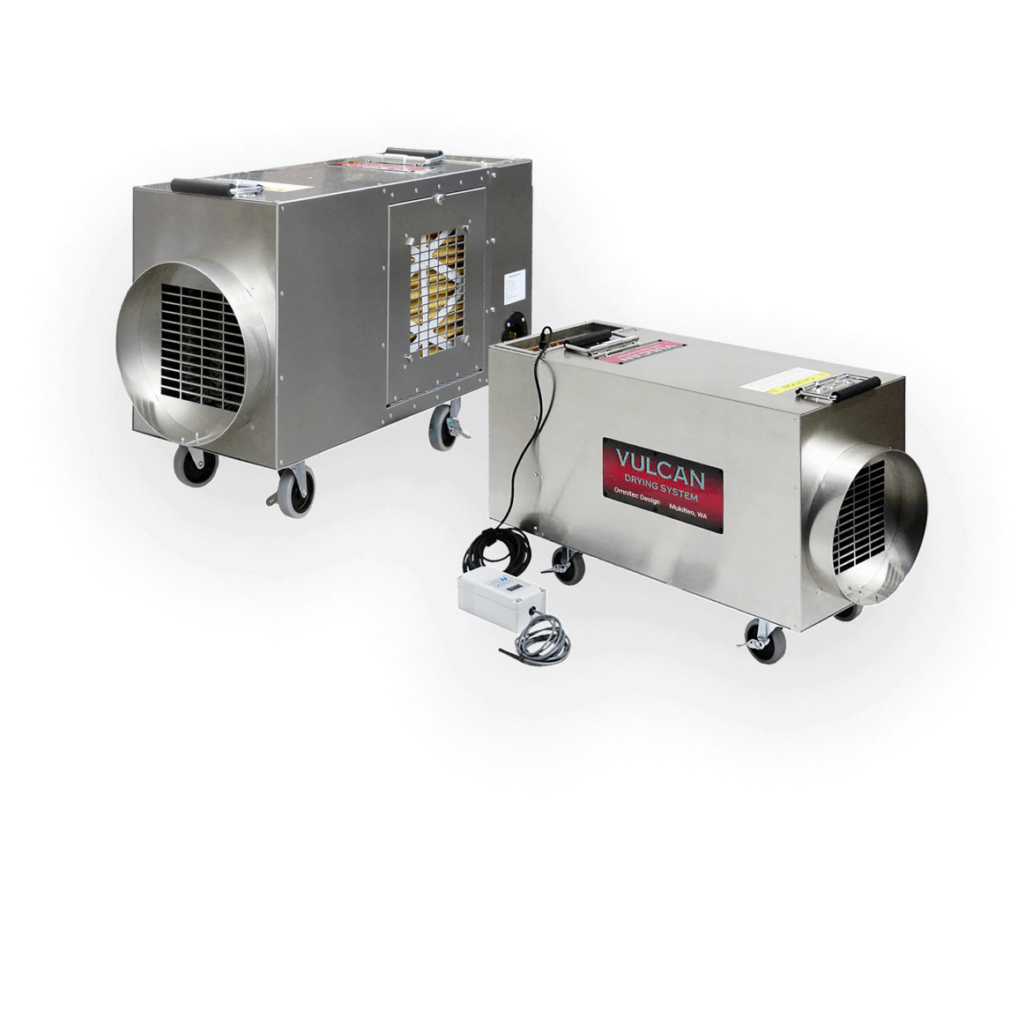
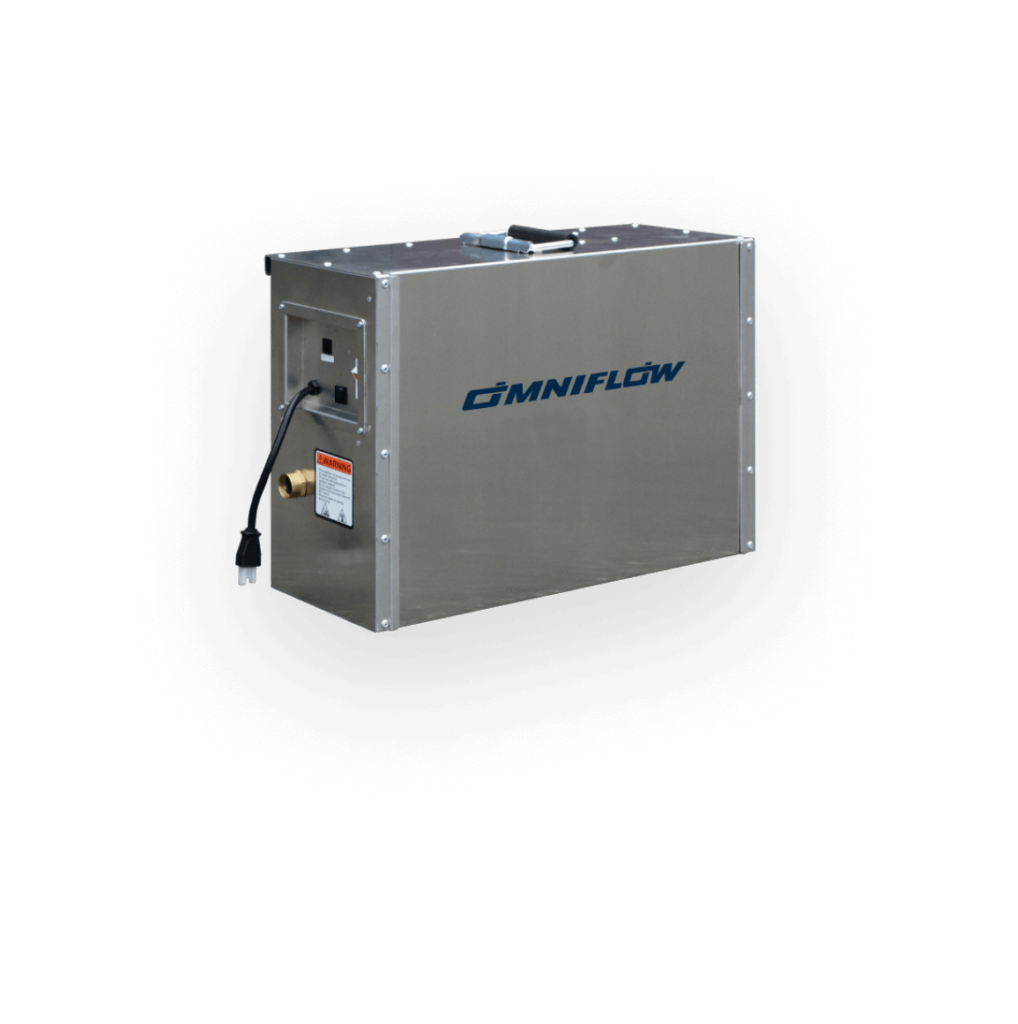
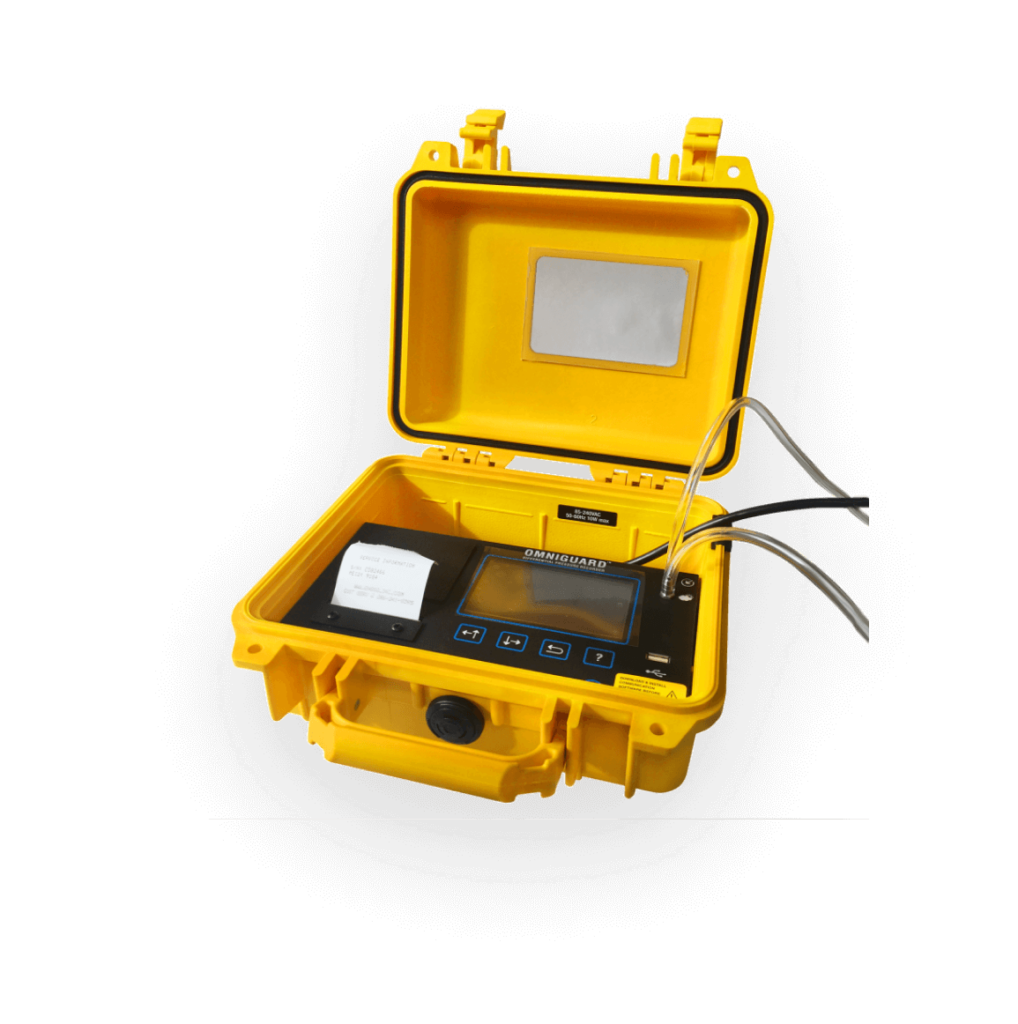
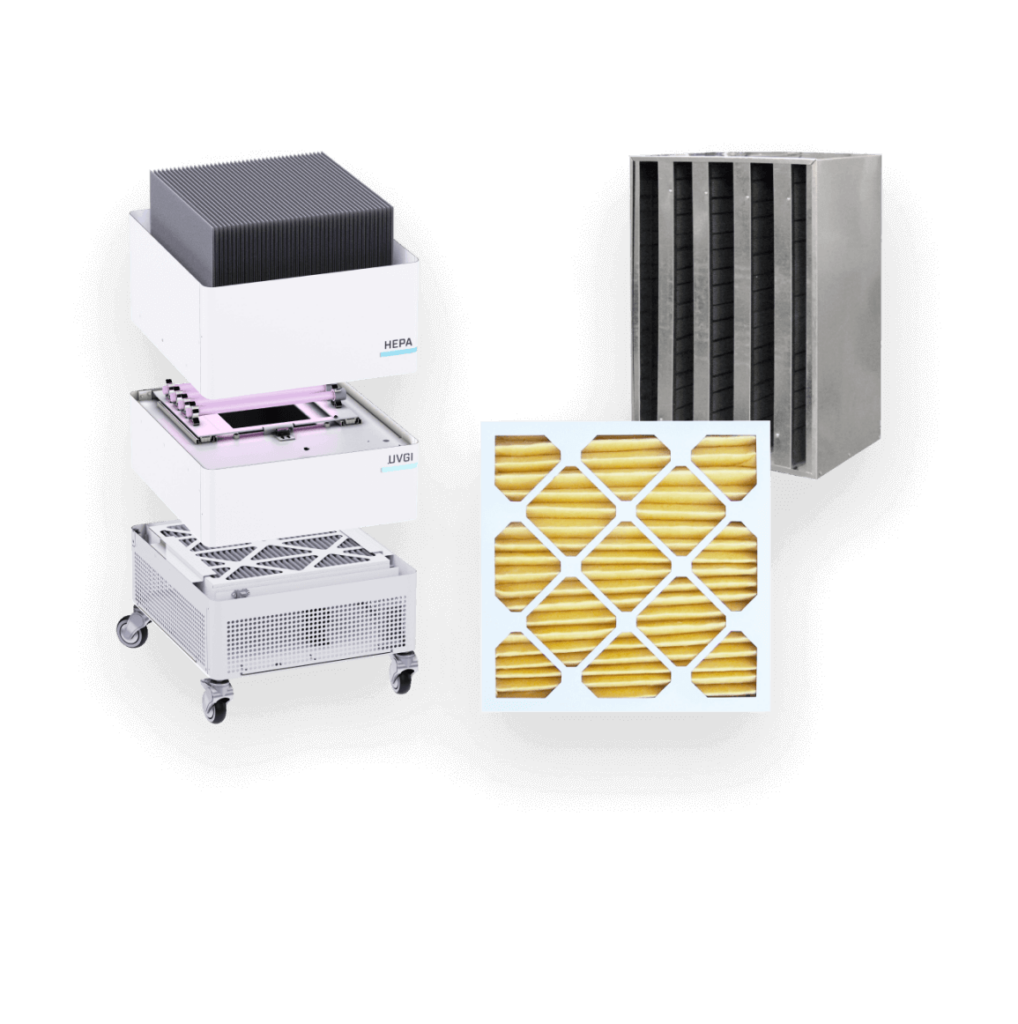
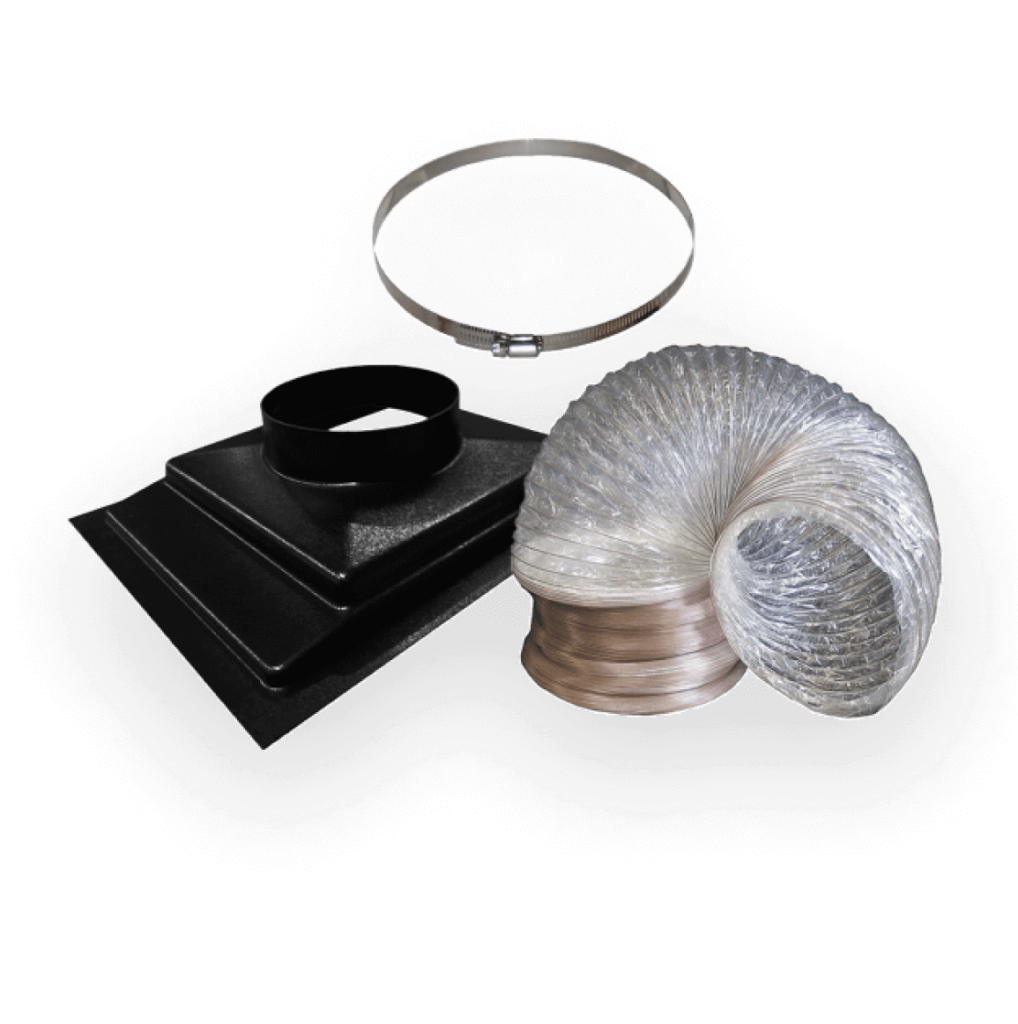
Applications
Our solutions are designed for a wide variety of applications. Click below to learn more about how we serve your environment.
Asbestos, Mold, Lead, & Dust
Dust (including wood, concrete, & silica), VOCs from Solvents, Formaldehyde
Labs, Patient Isolation, Infectious Disease Testing Centers, Hospital Renovations
Hurricane Recovery, Wildfire Smoke, Flood Restoration
Silica Dust, Quality Assurance, Environmental Health & Safety
Commercial Buildings, Schools, Healthcare Facilities, Prisons, Long Term Care & Assisted Living Facilities, Government Offices
Cannabis, Indoor Farming, Bio-Pharmaceuticals
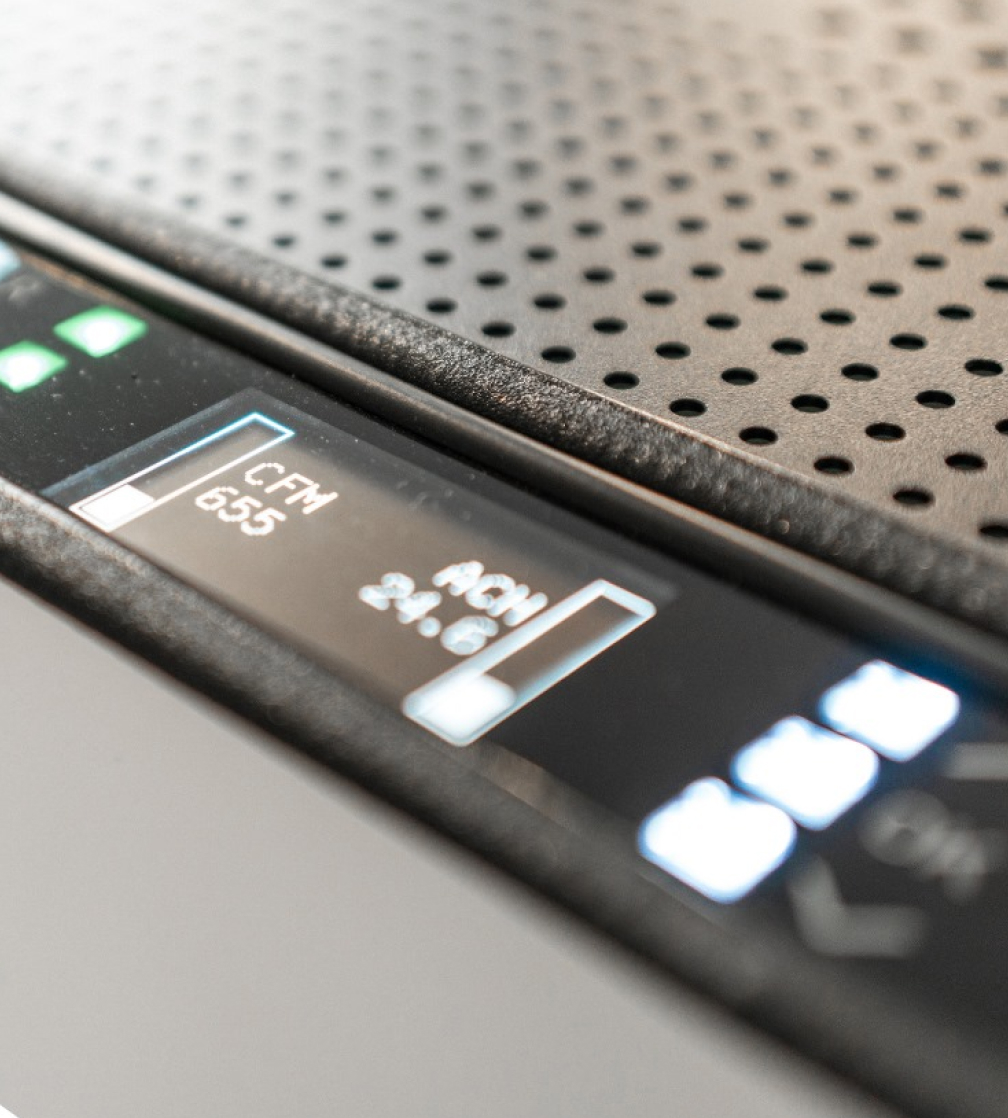
Discover The Omni CleanAir Difference.
At Omni CleanAir, our systems only include technologies that have been proven effective over decades of broad industrial use and are backed by sound, peer-reviewed scientific data.
We believe in transparency and truth. Every solution we offer has been rigorously tested and proven in critical industrial and commercial operations across the globe. Fundamentally, our products do exactly what we say they do, and we hold ourselves to the highest quality standards.
We’re experts in portable, medical HEPA, focused exclusively on air purification with solutions technically and aesthetically designed for specific commercial and industrial applications.
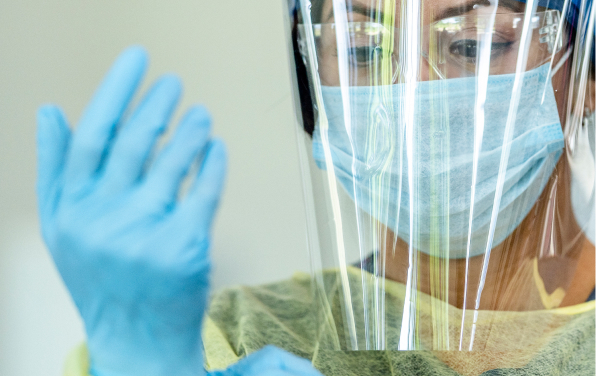
Customer Support

Find Your Distributor
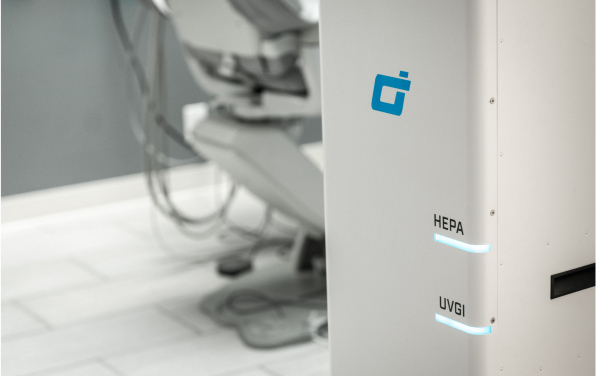
Shop Now
425-290-3922.
OmniTec • OmniClean • AgriAir
Trusted By Industry Leaders
Our product brands and technology are trusted and proven by industry leaders to clean the air and keep people safe.



















Keep your People healthy. Keep your Buildings healthy. Keep your Bottom-line healthy.
Clean the air you and those you are responsible for breathe, with scientifically proven, true HEPA, air purification.

